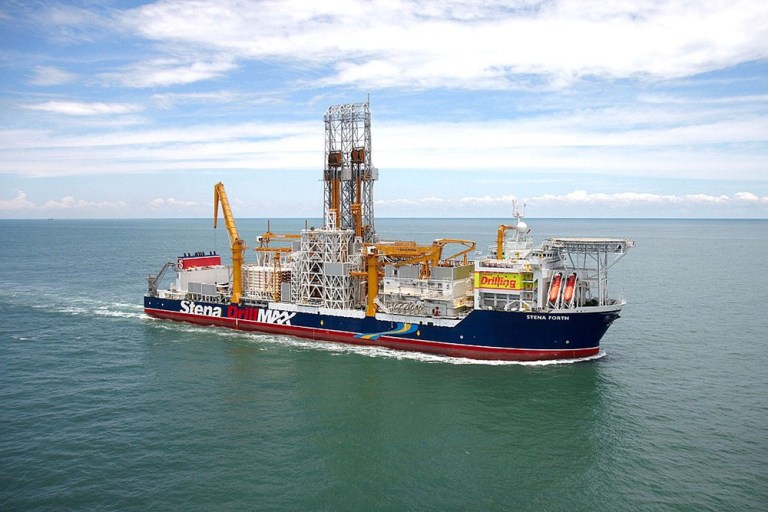Nunatsiaq News: Nunavut’s not ready for oil and gas development

A large number of bureaucrats, environmentalists, technical experts and community representatives are gathering in Iqaluit this week for a public hearing devoted to a question that ought to be of grave concern to every person who lives on Baffin Island.
That question is this: should the exploration and development of natural gas and crude oil be permitted in Baffin Bay and Davis Strait? Do the potential benefits outweigh the risks?
The hearing is one of the final steps in a task the Nunavut Impact Review Board took on in February 2017: a special bureaucratic study called a “strategic environmental assessment.”
It’s supposed to act as a kind of crystal ball, peering into the future in an attempt to predict how oil and gas development could occur in the future off the east coast of Baffin Island, with an assessment of its potential risks and benefits.
This has already produced a huge mound of paper, enough to fill a small library, created by the multiple studies, reports and submissions that various players have given the NIRB over the last two years. All are available to the public on the review board’s online registry. After next week, the review board will produce yet another report with recommendations, to be handed to the federal government in the near future.
This hearing is an essential exercise. But based on information now available to the public, it’s already clear what Ottawa must do.
For the waters off Baffin Bay and Davis Strait, the federal government must extend the existing moratorium on Arctic offshore oil and gas development for at least another five years, if not longer.
Meagre benefits
That’s because the meagre benefits now available to the people of the Qikiqtani region, and to their governments, from oil and gas development do not outweigh its enormous risks. The probability of oil spills and blowouts, events that governments in the eastern Arctic are incapable of responding to right now, is actually quite low. But the damage that such events could inflict on the marine environment could be catastrophic.
That said, it’s hard to find any meaningful benefits. Take, for example, the first stage of exploration, seismic testing. It’s aimed at finding structures worth investigating through exploratory drilling, and likely would involve an investment of between US $7 million and US $18 million.
In seismic testing, the local training and employment opportunities are meagre: only about six to 10 seasonal jobs for “marine wildlife observers.”
“The contracted vessels typically come fully staffed and very little onshore support would be needed,” says a preliminary report done by the NIRB and the Qikiqtani Inuit Association, using research provided by the Nunami Stantec consulting firm.
Read full article here






